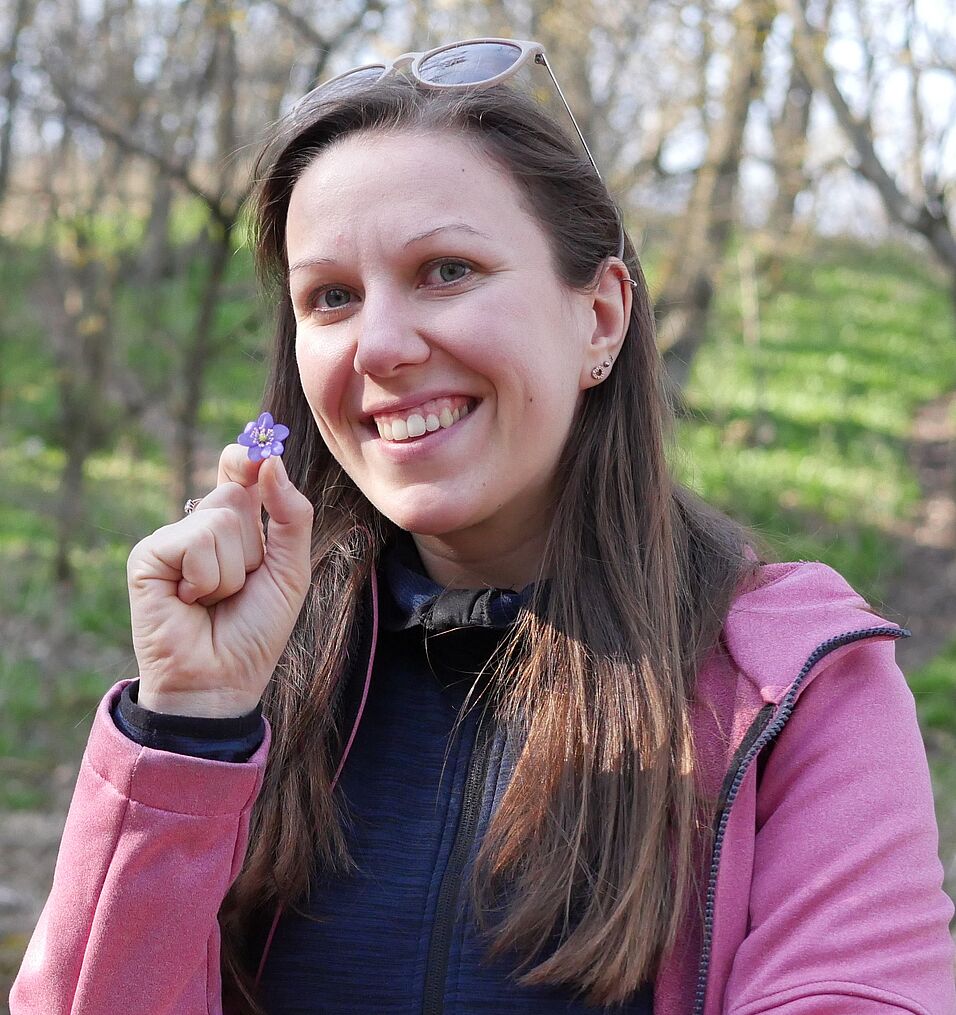MSc Student
Advisor: Harald Krenn
Unit for Integrative Zoology, Department of Evolutionary Biology, University of Vienna
Abstract
Butterflies, like most adult glossatan Lepidoptera take up liquid food with a coilable proboscis. Various types of sensilla are located on this proboscis for food detection and perception of fluid uptake. The shape of these sensilla varies according to various food preferences in the feeding guilds. In some butterfly families, such as Nymphalidae, the micromorphology of proboscis sensilla has already been studied and documented, in others, like Lycaenidae, comparative descriptions are completely missing. The aim of my master thesis is to describe and compare the diversity of the proboscis and its sensory structures in representatives of different subfamilies of Lycaenidae. The hypothesis is that number, shape and micromorphology of the sensilla of the proboscis depends on the food sources and can be functionally interpreted, like it was found in other lepidopteran taxa. For this work, a total of 36 proboscises of all 7 subfamilies of Lycaenidae were examined using the light microscope. Proboscis lengths, characters and numbers of the various sensillum types were documented and compared in systematic context. In addition, scanning electron microscopy was used to examine two representatives of different subfamilies. First results indicate novel types of sensory equipment in some taxa and loss of one characteristic sensillum type that occurs in all other so far studied butterflies. Data analysis is ongoing and a functional interpretation in context with feeding strategies is still pending.

